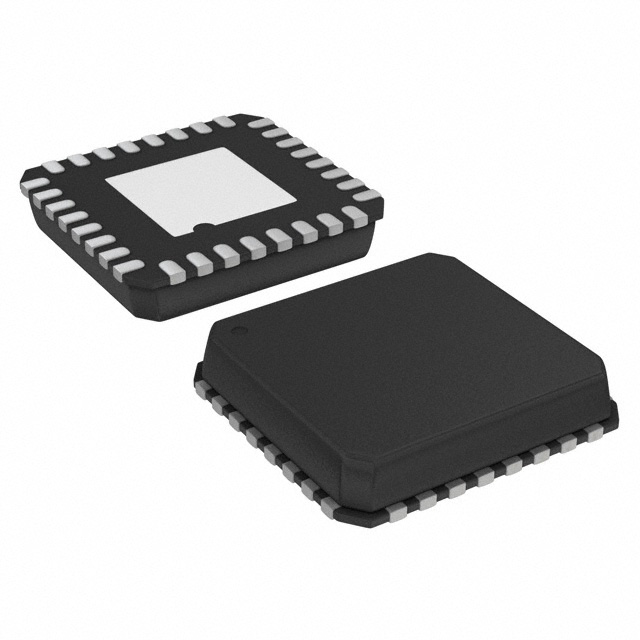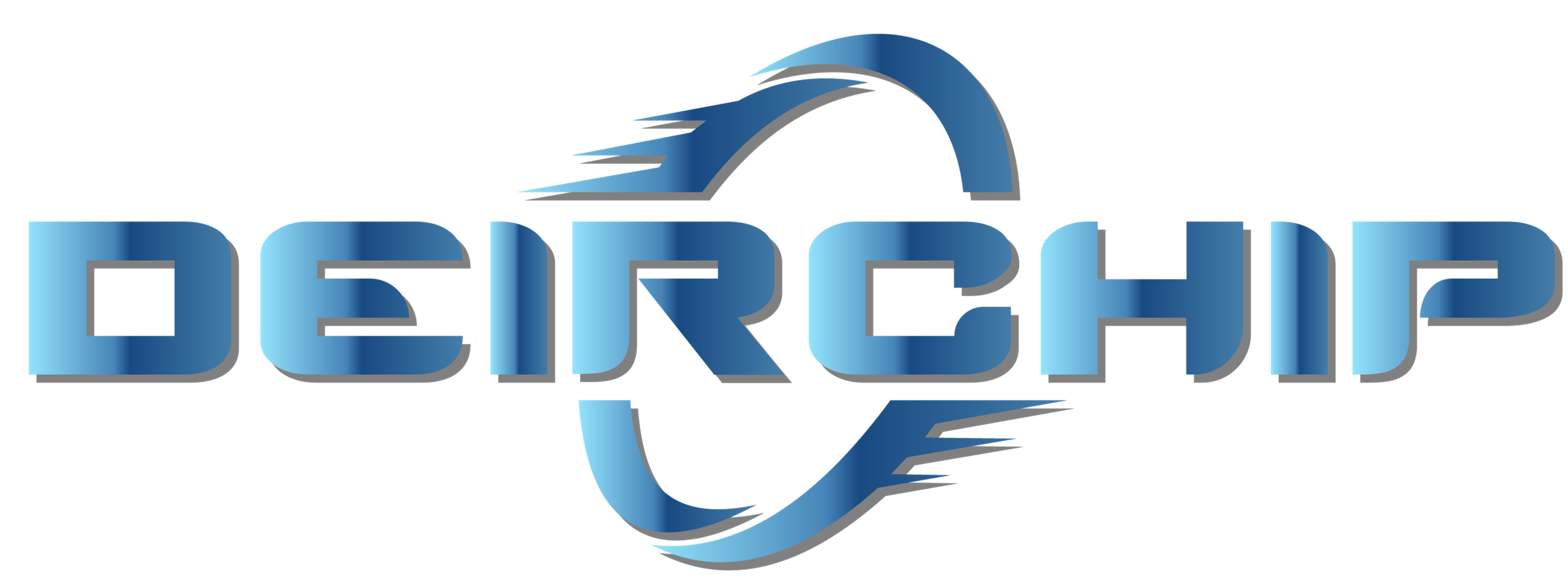How the USB3320C-EZK-TR Simplifies USB Communication

The ULPI standard, utilized by the embedded system USB communication interface USB3320C-EZK-TR, uses fewer pins to connect USB parts.
It simplifies hardware design by reducing the number of required tracks.
This feature is particularly beneficial for devices with limited space.
ULPI enables fast data transfer rates, reaching up to 480 Mbps.
Such speed is crucial for modern USB communication needs.
The embedded system USB communication interface USB3320C-EZK-TR is a standard USB 2.0 PHY chip designed for USB 2.0 systems.
It leverages the ULPI standard to enhance efficiency and speed.
Its design streamlines system development and boosts overall performance.
Engineers rely on the USB3320C-EZK-TR because it ensures smooth operation of USB systems.
The USB3320C-EZK-TR accelerates development processes and optimizes system functionality.
Key Takeaways
The USB3320C-EZK-TR uses ULPI, which needs fewer pins to connect.
This chip can transfer data at speeds up to 480 Mbps.
It has built-in tools like voltage regulators and signal boosters.
These features save time and reduce the need for extra parts.
The USB3320C-EZK-TR saves energy with smart power control to avoid heat.
Its small size is great for tiny devices, saving space and working well.
Understanding the ULPI Interface Standard
What is ULPI?
The ULPI standard connects USB transceivers to controllers with fewer pins. This makes it great for small devices where space is tight. Using ULPI helps transfer data quickly and keeps hardware simple. It’s especially helpful in systems needing to save space and power.
ULPI is also important in today’s technology. For example:
The Cat-B Uplink Interface improves mobile networks in crowded areas.
It works well with Open RAN setups, cutting costs while keeping quality.
ULPI ensures different devices from various brands work together smoothly.
Learning about ULPI helps you see how it makes USB communication easier and boosts system performance.
Key Features of ULPI
ULPI has features that make it stand out from other standards. These features make it a top choice for USB systems. The table below shows some of its main abilities:
Feature | ULPI Capability | Other Standards Comparison |
|---|---|---|
Connection Channel | Standard connection channel specification to FPGA | Varies by standard |
Speed | Operates at 1/2 or 1/4 of 480 Mbps speed | Different speeds depending on the standard |
Packet Structure Handling | Access to 100% of USB 2.x capabilities | Limited access in some other standards |
Additional Functions | Handles NRZI encoding, CRC, forms packets, cable disconnection, VBUS detection | Not all standards provide these functionalities |
These features show how ULPI makes USB communication easier. For instance, it ensures data is sent reliably with NRZI encoding and CRC. Its standard connection channel also helps you add ULPI to designs without problems.
By using these features, you can build fast and efficient USB systems. ULPI not only makes design simpler but also ensures your devices meet today’s performance needs.
The Embedded System USB Communication Interface USB3320C-EZK-TR
USB3320C-EZK-TR Architecture
The USB3320C-EZK-TR is built to make USB communication easier. It has all the needed parts to handle USB 2.0 tasks well. Its small size makes it perfect for tight spaces.
Main features of its design include:
ULPI Interface: Fewer pins mean easier and stronger connections.
Integrated Voltage Regulators: These keep power steady for smooth performance.
Signal Conditioning: It cleans signals, making data transfer more accurate.
This USB 2.0 PHY chip focuses on being efficient. Its design lets you work on your system without worrying about USB problems.
Tip: Use the USB3320C-EZK-TR to save time and improve system dependability.
Data Flow in USB Communication
Knowing how data moves through the USB3320C-EZK-TR shows its importance. It connects the USB controller to the USB port.
Here’s the data flow process:
Input from USB Controller: Data packets are sent to the chip through the ULPI interface.
Signal Processing: The chip checks and fixes the packets to match USB 2.0 rules.
Transmission to USB Port: The fixed data is sent to the USB port for use.
Reception from USB Port: Incoming data is decoded and sent back to the controller.
This process ensures fast and steady communication. The USB3320C-EZK-TR is a USB 2.0 PHY chip that handles data flow with ease.
Note: Fast data flow is key for tasks like streaming videos or backing up files.
Power Management and Efficiency
Managing power is a big part of the USB3320C-EZK-TR. It uses less energy while still working well.
Key power-saving features include:
Low Power Modes: It saves energy when not in use.
Dynamic Voltage Scaling: Voltage changes based on what’s needed, saving power.
Thermal Management: It stops overheating, keeping the system safe.
The USB3320C-EZK-TR is a USB 2.0 PHY chip that balances energy use and performance. It helps you build systems that are reliable and energy-efficient.
Alert: Bad power management can cause problems. The USB3320C-EZK-TR prevents this with its smart features.
Advantages of USB3320C-EZK-TR in USB Communication
Easier Design for Engineers
The USB3320C-EZK-TR makes building systems simpler. Its small design means fewer parts are needed to connect USB systems. This saves time and effort during development. The ULPI interface uses fewer pins, making connections easier between the USB controller and transceiver.
It also has built-in features like voltage regulators and signal cleaning. These parts remove the need for extra circuits. You can focus on other parts of your project without worrying about USB problems.
Tip: The USB3320C-EZK-TR is great for small devices with limited space.
Better Performance for Embedded Systems
The USB3320C-EZK-TR is a USB 2.0 PHY chip that moves data quickly and smoothly. It supports speeds up to 480 Mbps, which is perfect for tasks like streaming videos or transferring files.
Its smart signal processing makes data more accurate. This ensures devices talk to each other reliably. Whether you’re working on gadgets or industrial systems, this chip boosts performance.
Note: Real-time data needs reliable systems. The USB3320C-EZK-TR delivers dependable performance.
Saves Money in Development
The USB3320C-EZK-TR helps cut costs when building systems. Its built-in features mean fewer extra parts are needed, saving money on materials. The simple design also reduces development time, lowering labor costs.
Its energy-saving design uses less power, cutting operating costs. This also makes your system better for the environment.
Alert: High costs can hurt your project. The USB3320C-EZK-TR is a smart, cost-saving choice.
The USB3320C-EZK-TR uses the ULPI interface to make USB communication easier. It needs fewer pins, which simplifies connections and improves data flow. Its smart design reduces hardware problems and increases performance. Built-in features save both time and money, making it great for small systems. Whether for tiny gadgets or fast tasks, this USB 2.0 PHY chip works dependably and efficiently.
Tip: Try the USB3320C-EZK-TR to improve your projects quickly and easily.
FAQ
What makes the USB3320C-EZK-TR different from other USB PHY chips?
The USB3320C-EZK-TR uses the ULPI interface to stand out. This interface lowers pin count and makes connections easier. It also moves data quickly and smoothly. Built-in features like voltage regulators and signal cleaning remove the need for extra parts. This makes it great for small designs.
Tip: Pick the USB3320C-EZK-TR for projects needing space-saving and efficiency.
Can the USB3320C-EZK-TR handle high-speed USB communication?
Yes, it supports speeds up to 480 Mbps with USB 2.0. This is ideal for streaming videos, transferring files, and other big data tasks. Its signal cleaning ensures devices talk to each other reliably.
Note: Fast speeds are important for today’s embedded systems.
How does the USB3320C-EZK-TR save power?
The chip has smart features to use less energy. It includes low-power modes, voltage scaling, and heat control. These keep it cool and efficient without losing performance.
Alert: Bad power use can cause overheating. This chip avoids that with its clever design.
Is the USB3320C-EZK-TR easy to integrate into designs?
Yes, its ULPI interface and small size make it simple to use. You don’t need extra circuits for power or signal cleaning. This makes building systems faster and easier.
Tip: Save time by using the USB3320C-EZK-TR in your next project.
What types of devices benefit from the USB3320C-EZK-TR?
The USB3320C-EZK-TR works well in small gadgets, embedded systems, and industrial tools. Its compact size and smart design fit devices needing high performance and little space.
Emoji: ⚙️ Great for both home and industrial devices!
See Also
Implementing FT232RL for Smooth USB to RS232 Links
Enhancing Embedded Systems Using MAX3232ESE for Serial Data
Exploring STM32F072C8T6 Development with USB, ADC, and PWM
88E1512-A0-NNP2C000 Enables Fast Ethernet for Vehicle Communication
LTM4613IV#PBF DC/DC Module Eases Communication System Design

